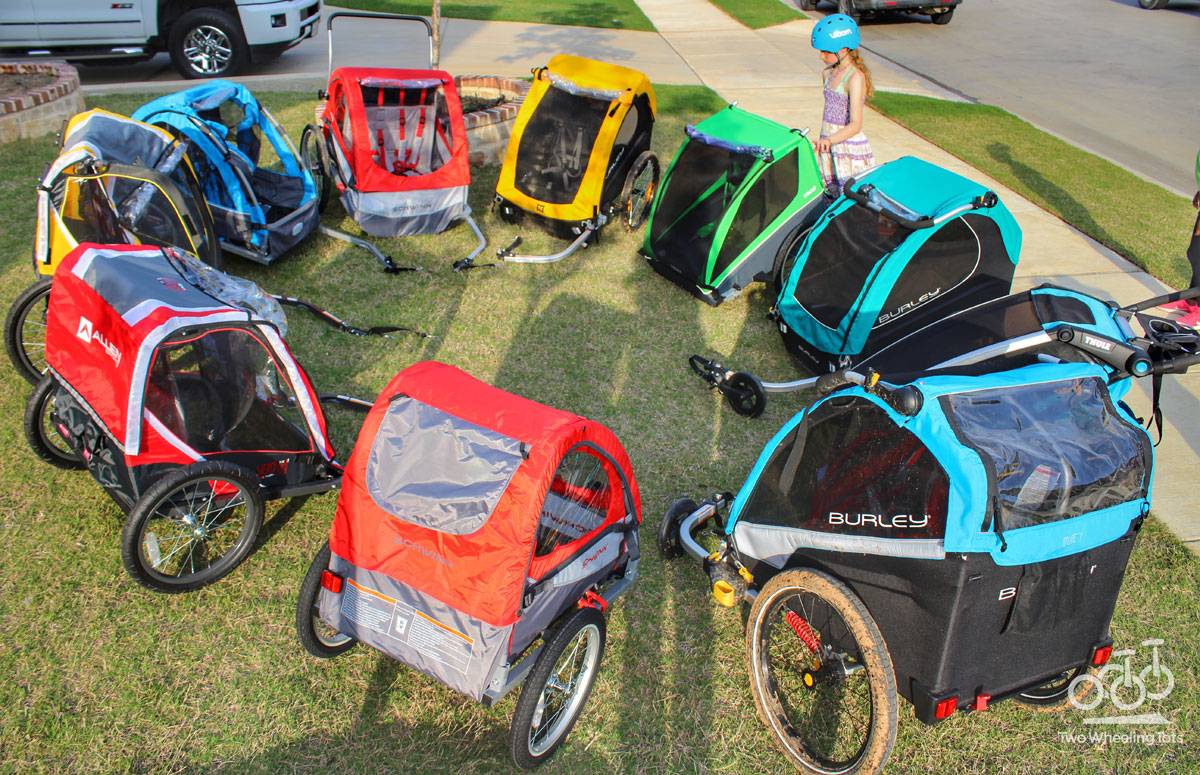

This is also an interesting example of how nonsensical many electric bicycle laws are. Lawmakers are ignorant about ebikes (among other things) What might have initially appeared to be too weak (advertised as 500 watts) is actually an approximately 1,000 watt peak kit, perfect for our 220 lb rider we used in the example about above. The math shows us that this kit is in fact capable of putting out 48V x 20A=960 watts, essentially a 1,000 watt kit. When someone advises that a 220 lb rider would likely need at least a 1,000 watt motor, he or she usually means 1,000 watts of peak power, as in the amount of power the ebike should be able to produce to drive the rider up a hill.Ī 500 watt electric bicycle conversion kit may be listed as a 500 watt kit, yet a closer inspection could show that the kit comes with a 48V battery and a 20 amp peak controller. When comparing ebikes or ebike kits, it is important to know first of all if you are comparing continuous or peak power. The problem here isn’t the morality of underrating ebike specifications (this is one of the few times you usually get more than you pay for), it’s that this often confuses customers and makes comparing different motors much more difficult.Ī “250 watt” motor that I run at 500 watts How can you best use power ratings? But most of the time a “250 watt continuous” motor can handle more than 250 watts continuously, meaning the numerical naming convention is inaccurate and misleading. Is it ok for ebike companies to rate their motors this way? Technically yes, if the numbers are accurate. If the motor is truly a 250 watt motor by definition, then running this motor at 251 watts would eventually cause it overheat. A “250 watt continuous” motor, theoretically, could run forever at 250 watts without overheating, but any more power would cause it to eventually overheat. The difference between continuous power and peak power is that continuous power essentially means power a motor can safely handle for an indefinite amount of time without damage or overheating the motor. How do ebike manufacturers get away with this? One way is to rate the motor for “continuous power” instead of “peak power”. As we saw, a 15 amp controller would mean the actual peak power supplied to the motor is closer to 540 watts and a 20 amp controller would be over 700 watts.

Ebikes sold with “250 watt” motors often come standard with 36V batteries and 15 or 20 amp controllers.


Doing the math shows us that 36V * 15A = 540 peak watts. But when we look at the specifications, we see the 36V controller has a peak current limit of 15A. It comes with all the parts except the battery, a pretty standard motor rated by the vendor as “250” watts, and a pretty decent price of about $250 including shipping. Here is a great example of a 250 watt electric bicycle conversion kit. So in order to clear their electric bicycles for import to as many countries as possible, many ebike manufacturers rate the components on their ebikes much lower than what they are in reality.
#TREK CC RYDER BIKE TRAILER MANUAL PROFESSIONAL#
Professional cyclists can put out more than 400 watts on leg power alone. 250 watts is not very much power by ebike standards. Many European countries limit imports to electric bicycles with a motor rated at 250 watts or less. A common cause is to skirt importation laws. This is where things get complicated though, because ebike manufacturers don’t always rate their parts this way. An ebike with a 48V battery and a 20 amp peak controller would theoretically be capable of a nominal 960 watts of instantaneous power. The maximum current is determined by the ebike’s controller, and is usually somewhere between 15-30 amps. You just multiply the voltage of the battery by the maximum current the ebike can handle. So an ebike motor connected to a 24V battery being supplied with 10 amps of current would be powered at 24*10=240 watts.Īs you can see, calculating the peak power of an ebike is simple. The number of watts used by an electric motor at any moment equal the voltage supplied by a battery multiplied by the current flowing from the battery to the motor. Watts can be used to measure the instantaneous power output (or input) of a machine, such as the electric motor on your ebike. A “watt” is a unit of power, named for Scottish Engineer James Watt. Let’s start with some definitions and a bit of a physics lesson. The problem is that manufacturers don’t use the same standards to name their motors, and consumers often don’t understand the differences. Nearly every retail electric bicycle and ebike conversion kit is listed at a specific power level, such as a “500 watt electric mountain bike” or a “250 watt ebike conversion kit”, yet often this power rating is misleading or just plain wrong.


 0 kommentar(er)
0 kommentar(er)
